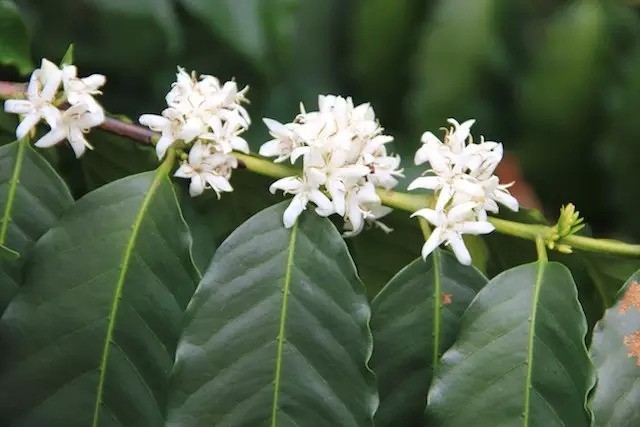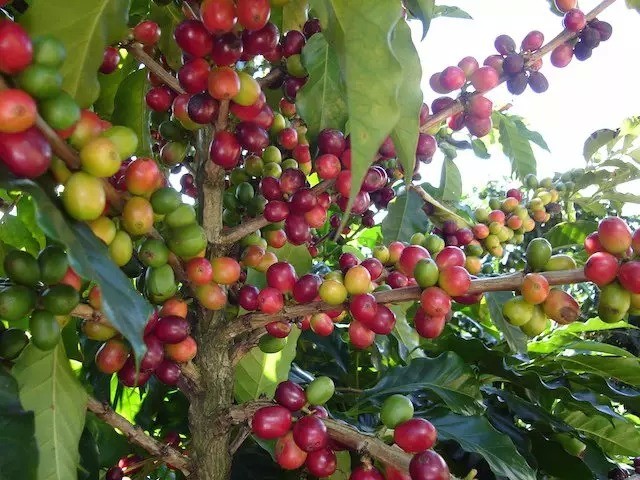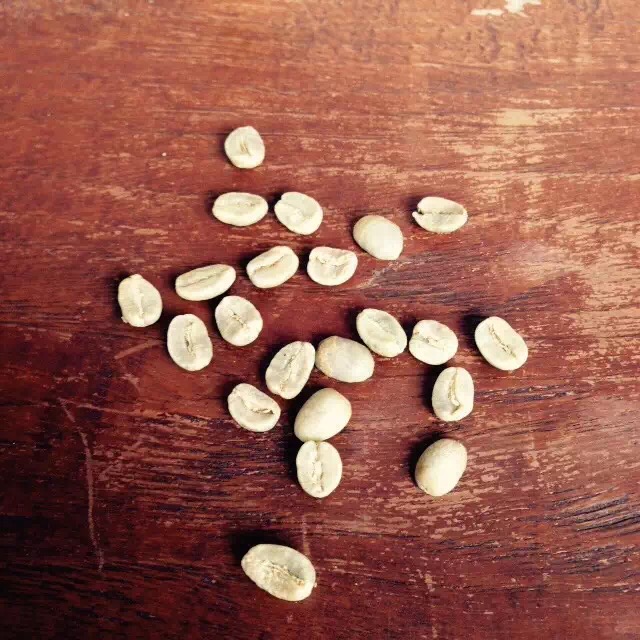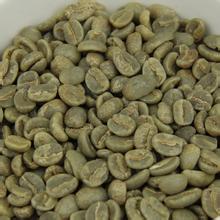Boutique Coffee beans: an introduction to "Shade planting" Coffee Shade Grown
If you pay careful attention, some raw bean sacks will be marked with the word Shade Grown, and most of them will be translated into Chinese as "shade planting".
The so-called shade planting refers to the most famous Arabica species of coffee varieties, which accounts for 60% to 70% of the global coffee production statistics, and is considered to be a coffee with excellent flavor suitable for tasting carefully, compared to Robusta coffee.
In order to avoid excessive sunlight, coffee trees also need umbrellas in some cases.

In one case, in the most natural case, coffee trees are born in rainforests or forests and have their own survival rules in the big forests. Coffee trees are trees in the middle of the space, and tall trees act as umbrellas above the head of the tamen.
In one case, artificial coffee trees are not accompanied by natural companions, but are served by tall trees specially arranged by farmers, such as banana trees.
In one case, you don't have to bother at all, because God will take care of it for you. In some coffee producing areas, due to climatic conditions and cloudy fog, the brightest light in the afternoon is obscured by considerate clouds and fog, only the protected coffee trees are happy. It is completely beautiful, typical of the blue mountains of Jamaica.
In one case, life is diverse, and so are coffee trees. Trees in some places are naturally delicate and cannot survive without shade, but there are also strong and self-reliant trees. The most typical is Brazil, which produces the most coffee in the world, accounting for 30% of the global output. In this coffee country, coffee also completely inherits the characteristics of the high and magnanimous Bavarian plateau, cheerful and magnanimous under the care of the sun, maybe solarization in Brazil simply has something to do with it.

Source:
Qingdao Xiumen Coffee blog
Important Notice :
前街咖啡 FrontStreet Coffee has moved to new addredd:
FrontStreet Coffee Address: 315,Donghua East Road,GuangZhou
Tel:020 38364473
- Prev

Coffee raw bean label: explanation of "GP", "EP" and "SWP"
The words EP or SWP sometimes appear on raw bean labels, which are two common ways to remove caffeine. Caffeine and decaf caffeine, caffeine, is a natural ingredient in coffee. In addition to coffee, many foods we come into contact with in our daily life also contain this ingredient, such as tea, chocolate, cola, cold medicine and so on. (reference article: coffee
- Next

Boutique coffee beans: Rwanda bourbon single product coffee raw beans Musiuyi washing method in the western province of Luanda
Coffee bean details: 1. Country: Rwanda 2. Production area: Lutexiluo production area of the western province 3. Altitude: 1827 m 4. Rainfall: 1500mm 5. Treatment: washing, elevated scaffolding sun drying 6. Variety: BM-139 (bourbon) 7. Processing plant: Mushuyi processing plant 8. Landowner: 1756 member small farmers (about 253 plants per small farmer) 9. Flavor: red apple, cherry, meat
Related
- Guji coffee producing area of Guji, Ethiopia: Humbela, Shakiso, Wulaga
- What is the most expensive variety of Qiloso in BOP multi-variety group?
- How to store the coffee beans bought home?
- Why are Yemeni coffee beans so rare now?
- Ethiopian Sidamo all Red Fruit Sun Sun Santa Vini Coffee beans
- SOE is mostly sour? What does it mean? Is it a single bean? what's the difference between it and Italian blending?
- Is Italian coffee beans suitable for making hand-brewed coffee?
- How to choose coffee beans when making cold coffee? What kind of coffee beans are suitable for making cold coffee?
- Just entered the pit to make coffee, what kind of coffee beans should be chosen?
- Can only Japan buy real Blue Mountain Coffee? What are authentic Jamaican Blue Mountain coffee beans?

